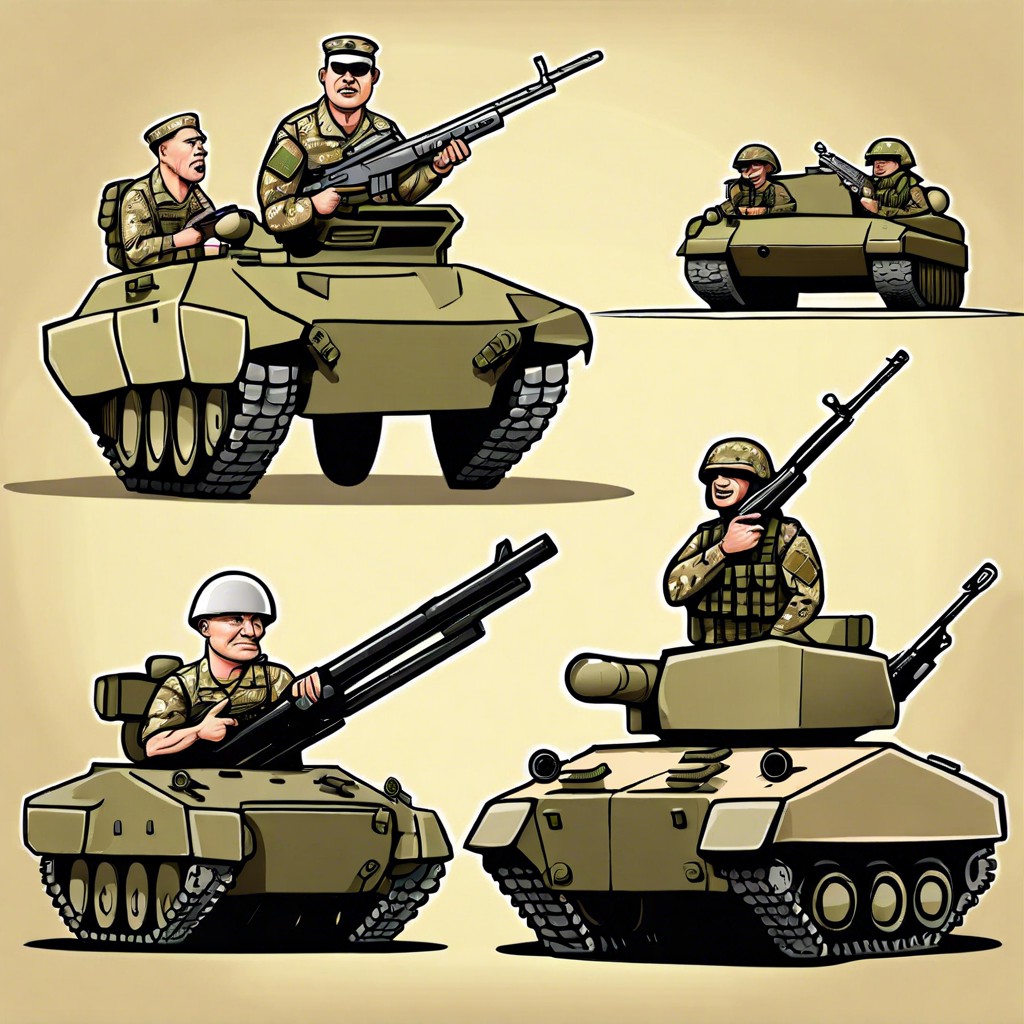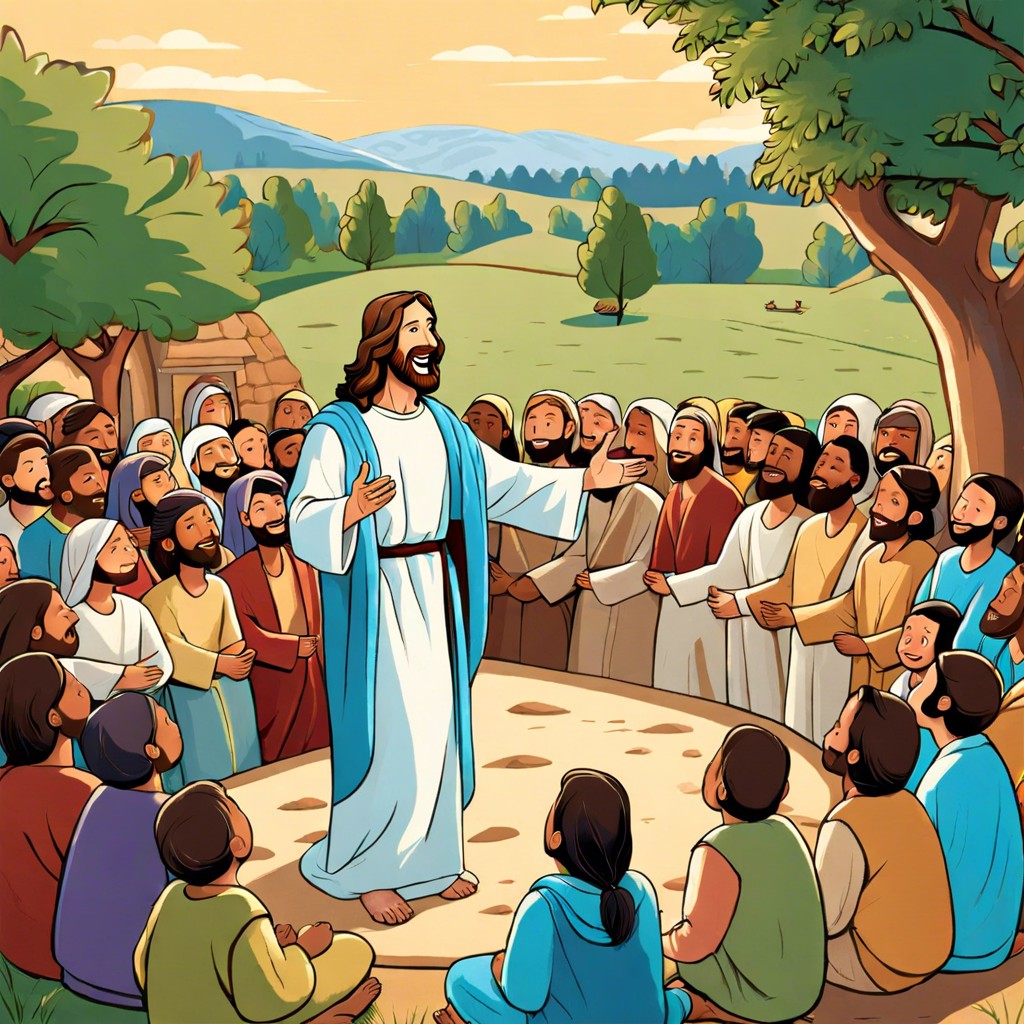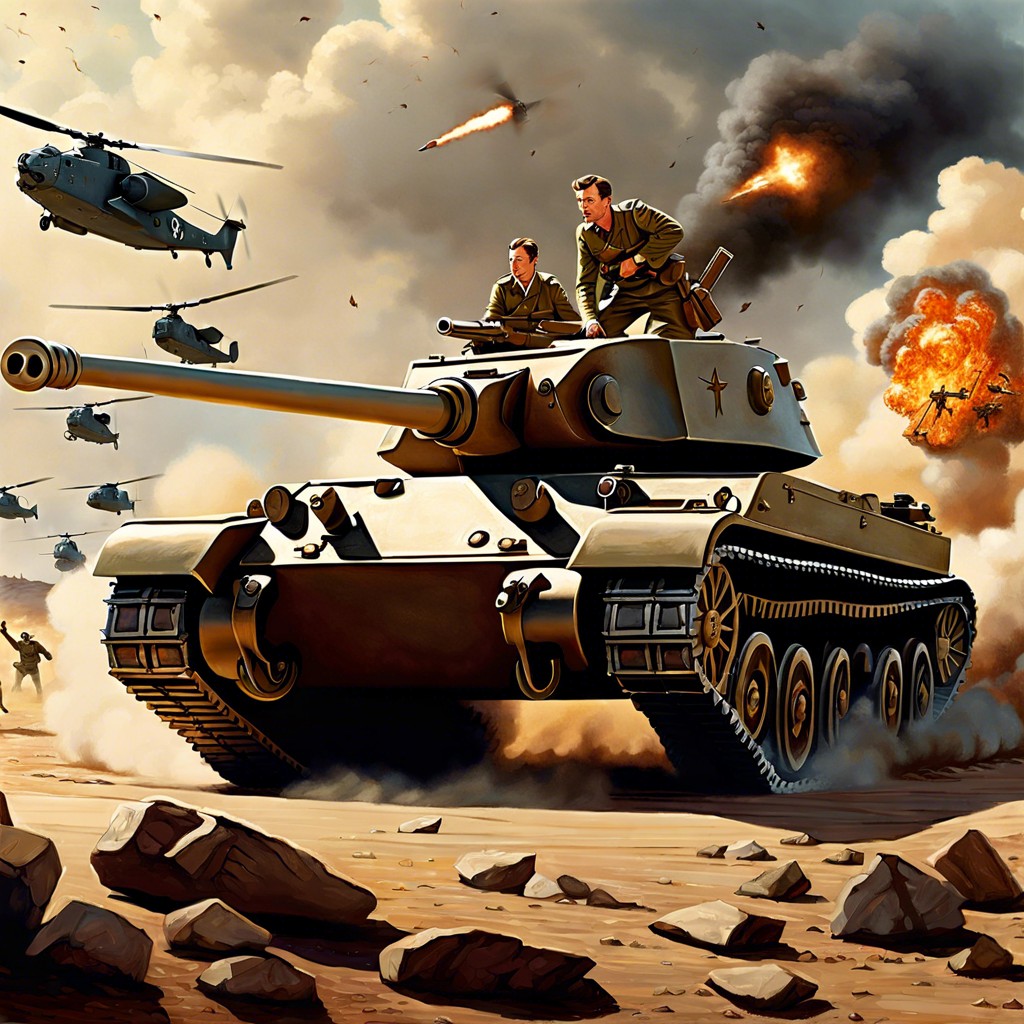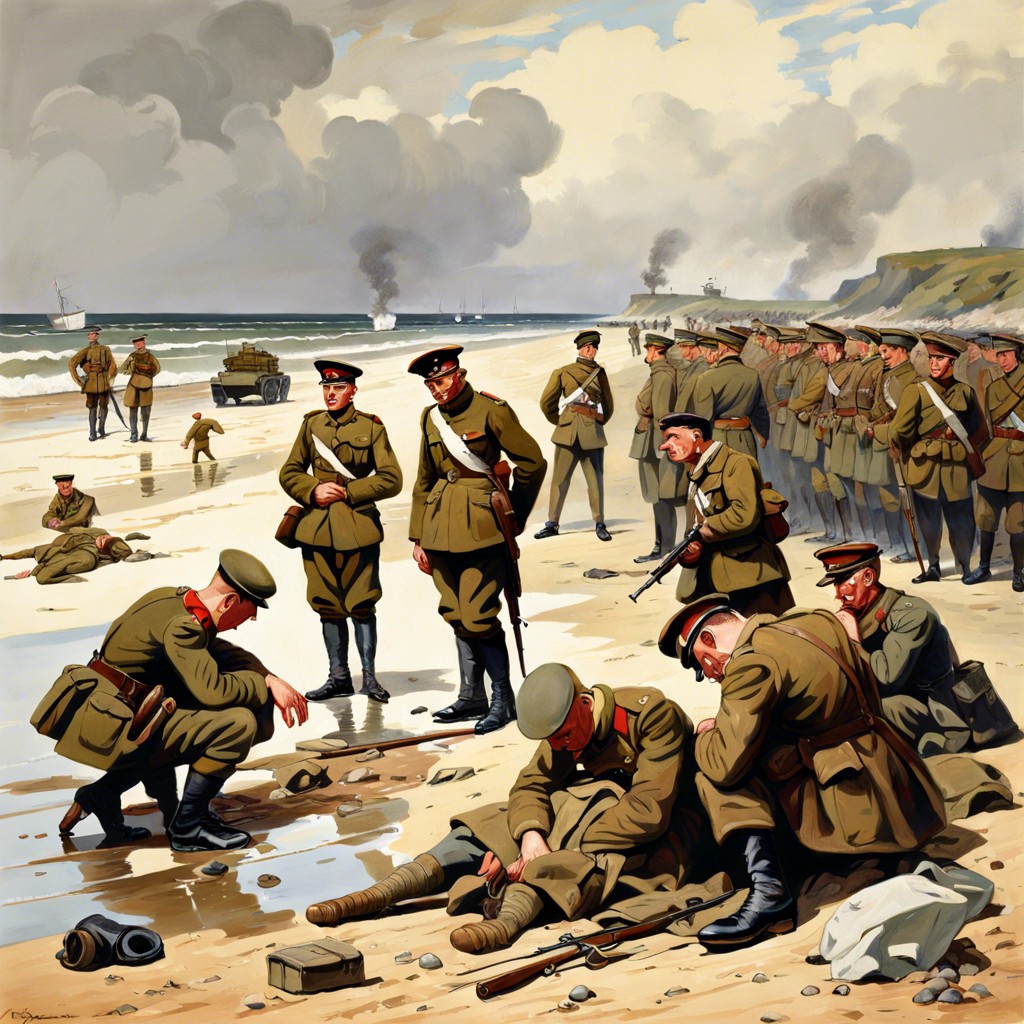Imagine an alternate history where Churchill’s Operation Unthinkable unleashed chaos, forever altering the post-WWII world balance.
What if Churchill had said, “Let’s tango with the Red Army”? Operation Unthinkable, the plan for an Allied assault on the Soviet Union post-WWII, might sound like a plot twist from a Cold War thriller—yet it was real. Prepare for a rollercoaster through strategic planning snafus, Earth-shifting political chess games, colossal economic headaches, the wild ride of public opinion hijinks, and jaw-dropping geopolitical plot twists. Buckle up, because we’ve got it all.
Key takeaways:
- Logistical nightmare of surprise attack on Soviets
- Political chaos in Europe, civil unrest, alliances shifting
- Economic turmoil, skyrocketing costs, food shortages looming
- Public opinion battleground, propaganda frenzy, trust issues
- Seismic world power shifts, new alliances, global chaos
Strategic Planning and Military Challenges

Executing such an audacious plan would have required a logistical nightmare of epic proportions. First off, coordinating a surprise attack against the Soviet Union, fresh from conquering Nazi Germany, isn’t exactly a stroll in the park. Think of it like herding cats, except the cats have tanks and bazookas.
Then there’s the question of terrain. The vast expanse of the Soviet landscape would pose a significant challenge, making D-Day look like a seaside picnic. And winter? Oh boy, let’s just say General Winter doesn’t take prisoners.
Supplies would be another critical issue. Fuel, food, medical supplies—keeping troops well-fed and battle-ready across thousands of miles is no small feat. It’s like planning an endless buffet but with bullets and bandages thrown in for good measure.
Tactical coordination would also be a headache. With both sides armed to the teeth, every misstep could be costly. Rapid communication and decision-making would be key, and any lapse could spell doom.
Finally, there’s the manpower. Both the Western Allies and the Soviet Union had already been stretched thin by WWII. Mustering enough soldiers for such a colossal venture would be like trying to squeeze toothpaste back into the tube.
Political Ramifications in Post-War Europe
Imagine the political scene: Winston Churchill cozying up to Joseph Stalin, only for Churchill to suddenly pull a diplomatic 180 and declare war on the Soviet Union. That’s like deciding to roast marshmallows with a dragon. The tensions would have soared higher than a balloon at a circus.
First, European nations, worn out from WWII, would be thrust right back into conflict. Exhaustion doesn’t mix well with fresh battles. Countries like France and Italy, trying to rebuild, would now be caught between powerhouses clawing at each other.
Governance would face upheaval. Communists and anti-Communists within various states would clash, potentially leading to civil unrest. Picture political rallies doubling as boxing matches—minus the gloves.
Stalin, not exactly the forgiving type, would likely ramp up Soviet influence in Eastern Europe, turning the Iron Curtain into a reinforced steel wall, making the Cold War look like a chilly spring day in comparison.
Neutral countries like Sweden and Switzerland would face immense pressure to pick a side. Their commitment to neutrality might get as shaky as a cat in a room full of rocking chairs. In short, pandemonium would become the new normal across Europe, with alliances shifting faster than a game of musical chairs.
Economic Impact and Resource Allocation
Imagine the world’s financial plans being as tangled as last year’s Christmas lights. That’s what would happen if Operation Unthinkable kicked off.
First, the cost of ramping up military production again would skyrocket. Factories, freshly switched from tanks to toasters, would do a U-turn. Spiking demand for steel and rubber would make prices balloon faster than a clown at a kids’ party.
Then comes the multinational bill. Both the victors and the vanquished of WWII were already nursing economic hangovers. A new war? Not exactly a budget-friendly idea. Nations would face the grim choice between funding warfare or rebuilding bombed-out cities and lives.
And let’s not forget, farmers’ fields don’t plow themselves. Men and women diverted to military efforts mean fewer hands harvesting. Food shortages would loom on the horizon, with ration lines becoming the height of fashion – albeit a grim one.
Toss in disrupted international trade as borders bristled with barbed wire, and you’ve got a recipe for economic indigestion. Countries dependent on imports and exports would find themselves in a vicious cycle of scarcity and soaring prices.
Is fiscal chaos a pie-in-the-sky scenario? Hardly – it’s a practical pie with too many cooks.
Public Opinion and Propaganda
While tanks rolled and planes soared, the real battleground would be in the hearts and minds of the people. Picture the media frenzy! Newspapers might have run sensational headlines, painting heroic and villainous caricatures. Today, think clickbait on steroids.
Public sentiment? A mixed bag. War-weary citizens might be rioting in the streets, demanding peace and rationing sanity. On the other hand, fervent patriots could be rallying behind Churchill’s call to arms, with morale-boosting posters plastered everywhere.
Propaganda machines? At full throttle. Governments would scramble to craft narratives. Imagine movies, radio broadcasts, and pamphlets selling the idea that this conflict—not versus Hitler but Stalin—is the ultimate stand for freedom.
Underneath the glossy surface, trust issues galore. Uncles might be whispering conspiracy theories at dinner, while neighbors scrutinize each other’s loyalties. Remember, suspicion thrives in chaos.
Toss in government censorship. And voila, a recipe for societal mayhem where discerning truth from fiction becomes an Olympic sport.
Geopolitical Shifts and Alliances
The immediate aftermath would have seen a seismic shift in world power structures. Instead of allies, the U.S. and U.K. would be squaring off against the Soviet Union, turning former camaraderie into frosty enmity. Imagine Churchill and Stalin, once sharing tea, now eyeing each other like cats in a boxing ring. Awkward.
First off, NATO might’ve been born sooner. Facing a common foe, Western nations would scramble to solidify alliances. But this early collaboration wouldn’t just be military—think economic and cultural exchanges as a defensive measure. Hello, early cross-Atlantic flights and jazz tours!
Meanwhile, smaller nations could become pawns. Eastern European countries would get caught in the middle, probably seeing their borders and allegiances shift faster than a teenager’s mood. Not to mention, countries like India and China might exploit the chaos, maybe even switch sides faster than you can say “global chessboard.”
Also, without the Cold War era’s usual dance, the ideological battleground would spill into more regions. Latin America, Africa, and the Middle East could become hot zones for influence, with the West and Soviets vying for allegiance like overenthusiastic salespeople.
It’s like imagining a tighter, messier global neighborhood where everyone’s playing an intense game of Risk, only with real stakes. Choices would be less about ideological purity and more about who’s got the bigger stick—or better trade deals. Makes you wonder whether any alliances would truly be set in stone.




